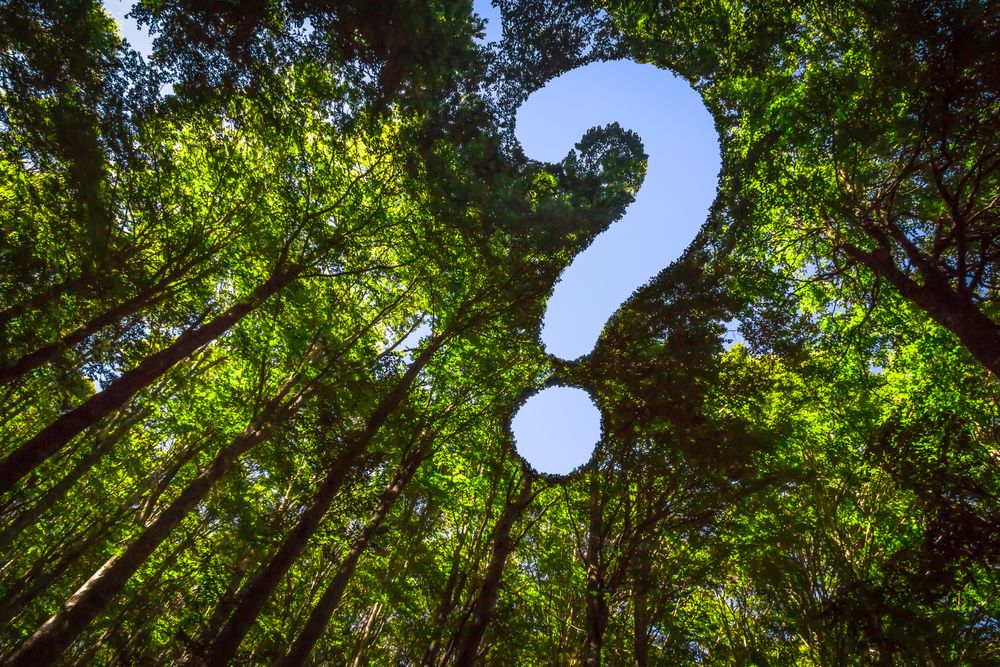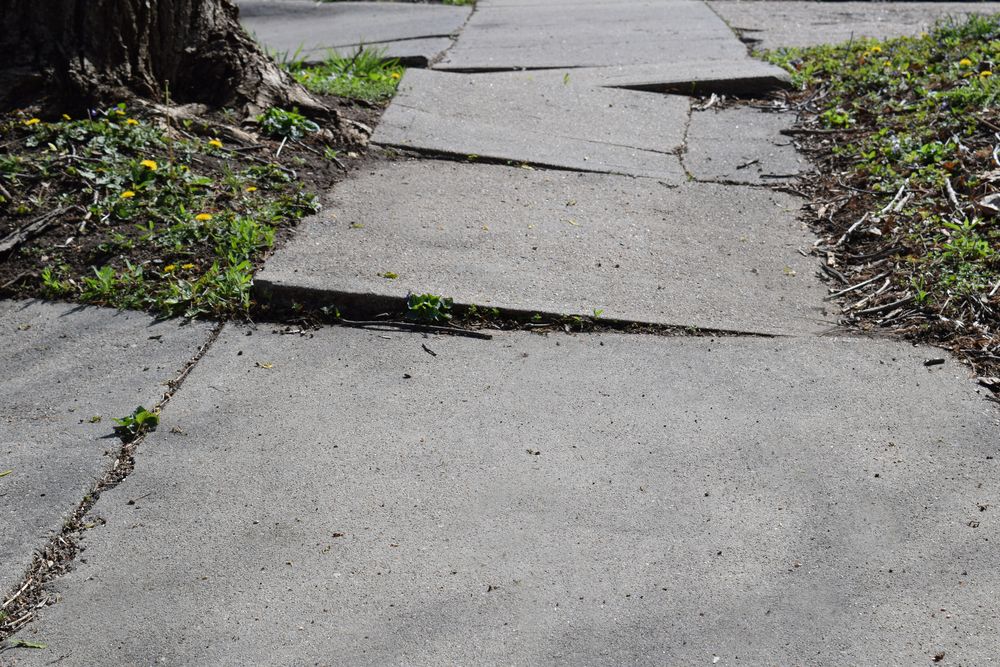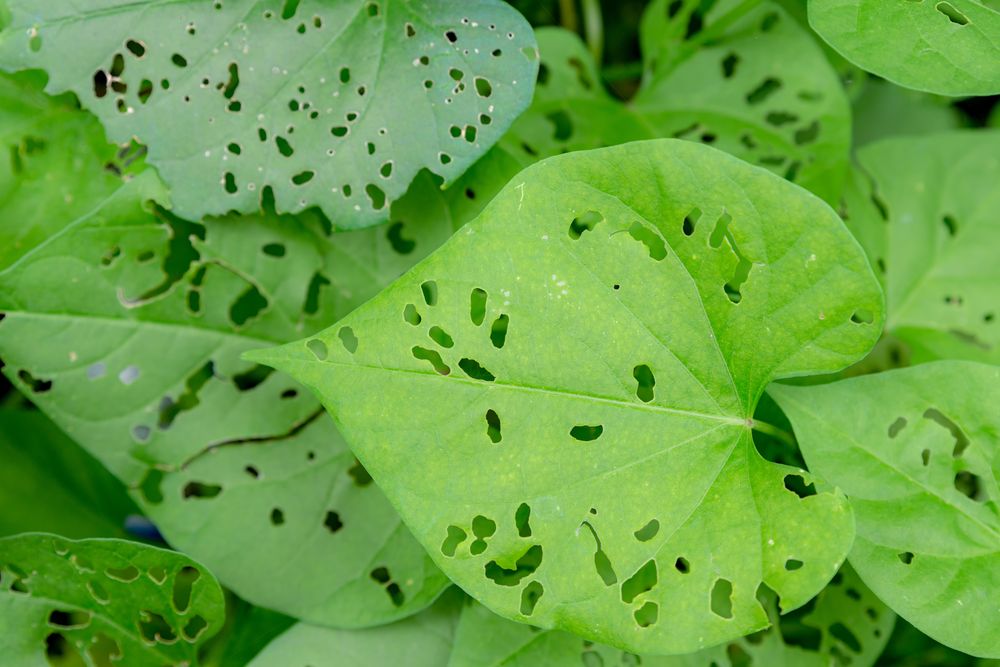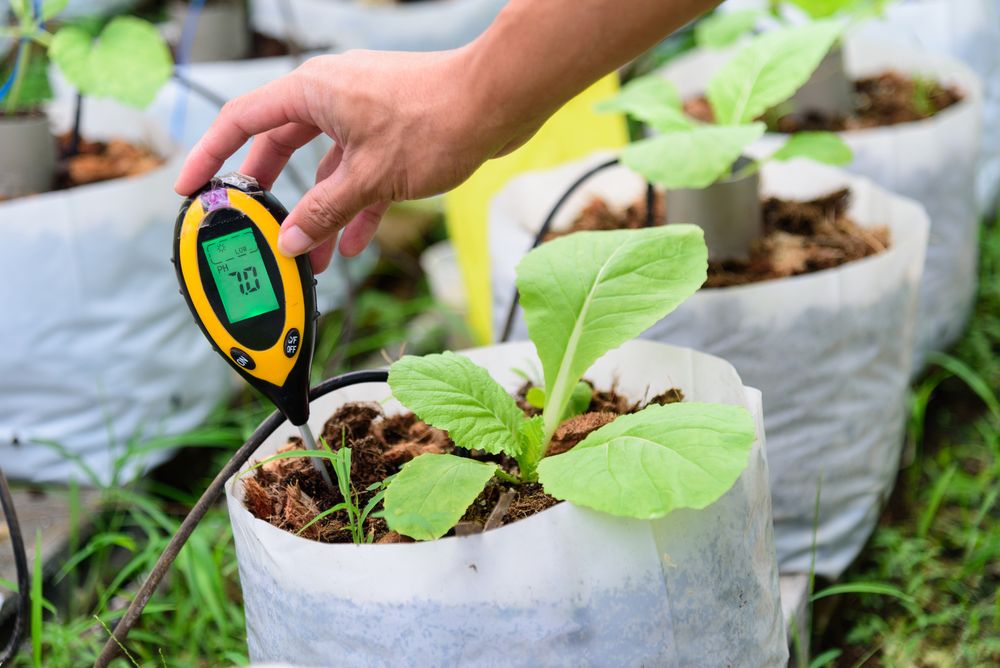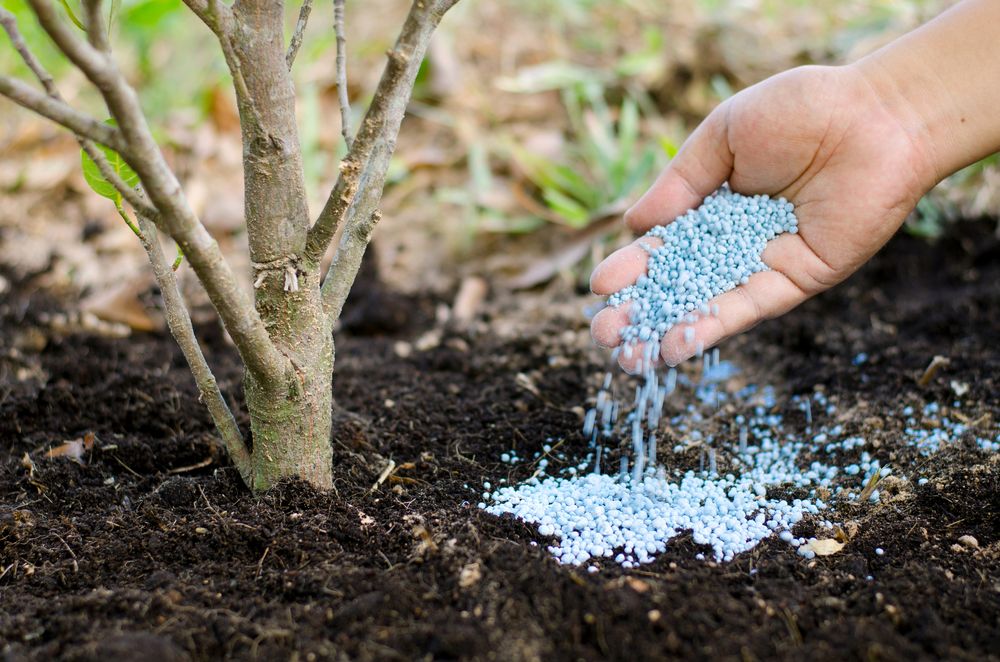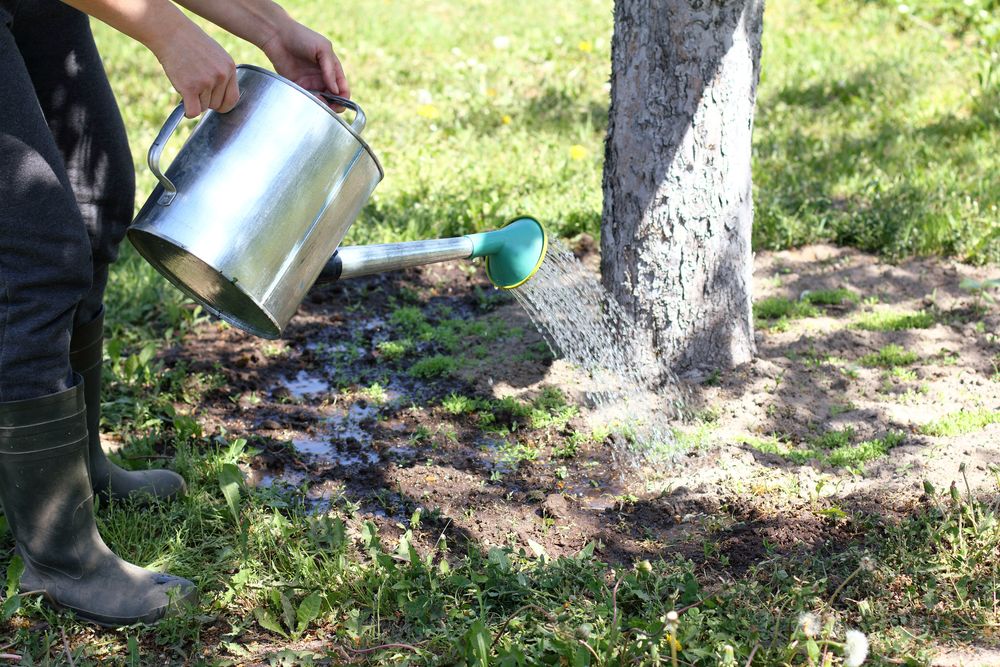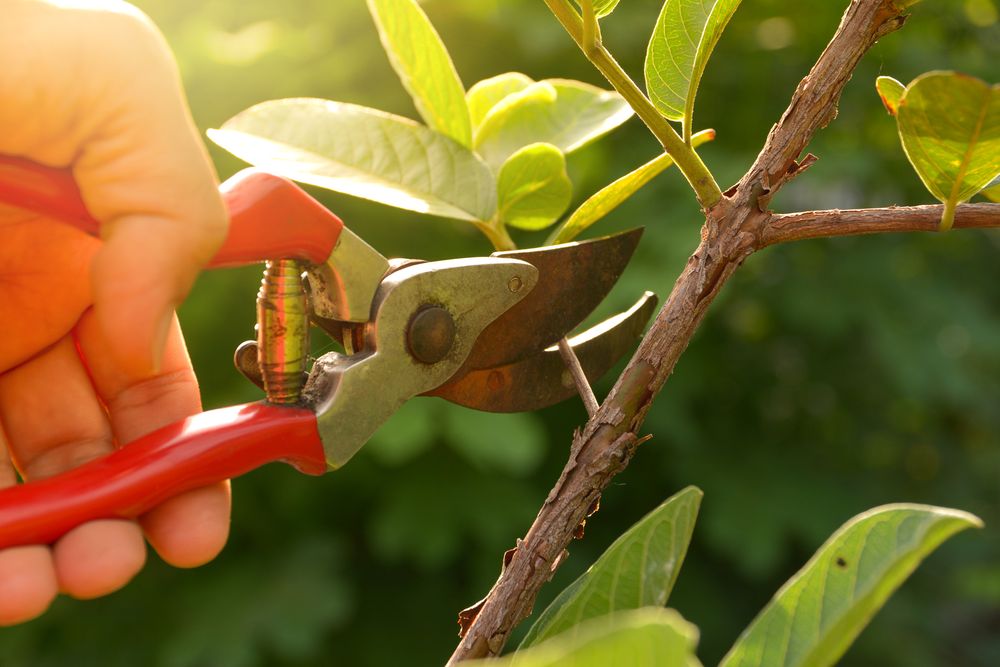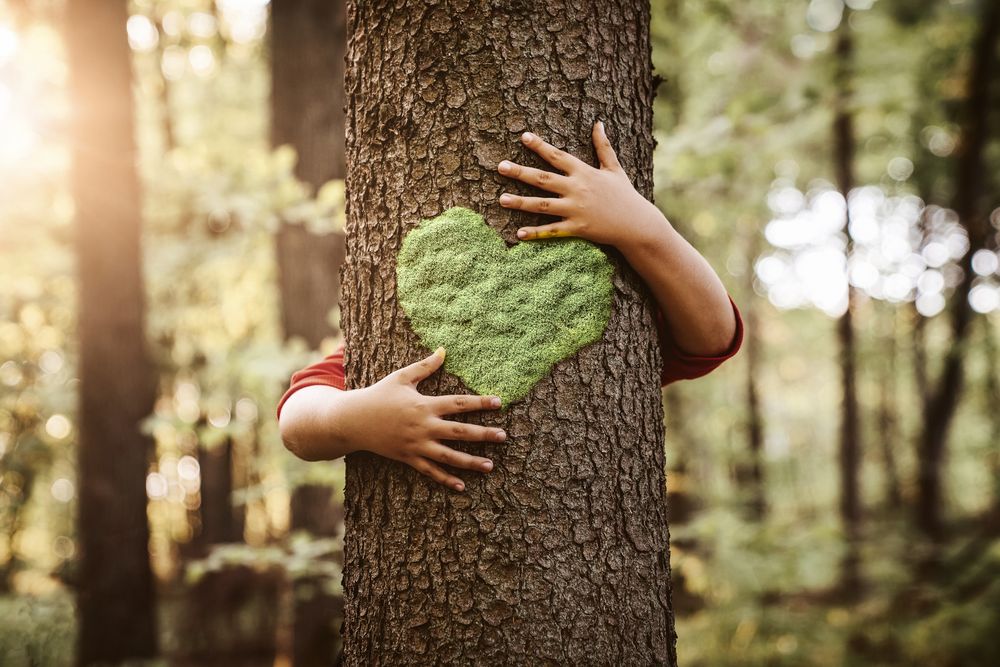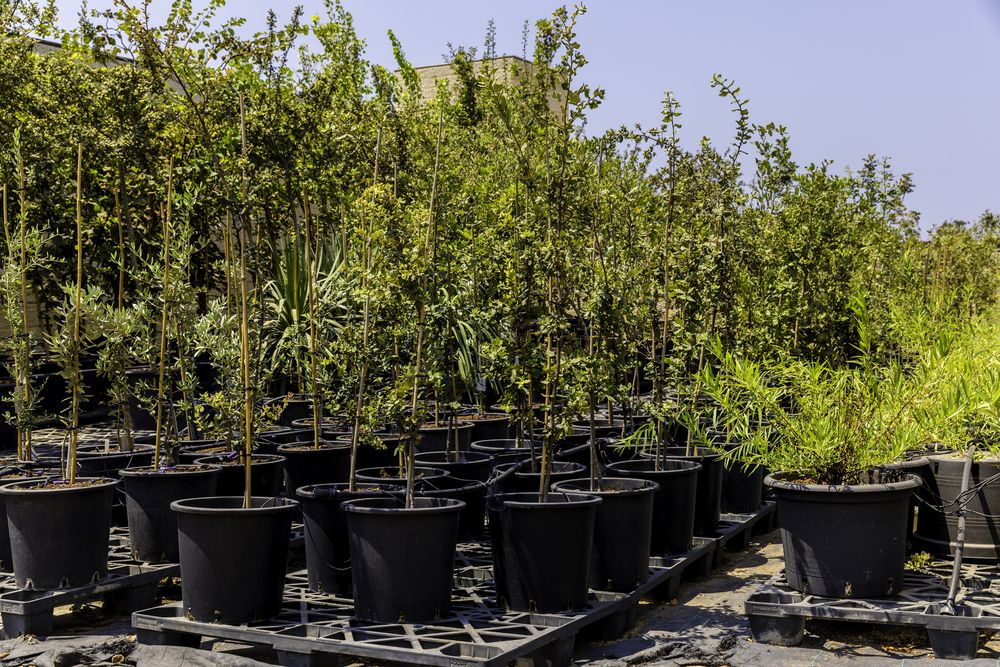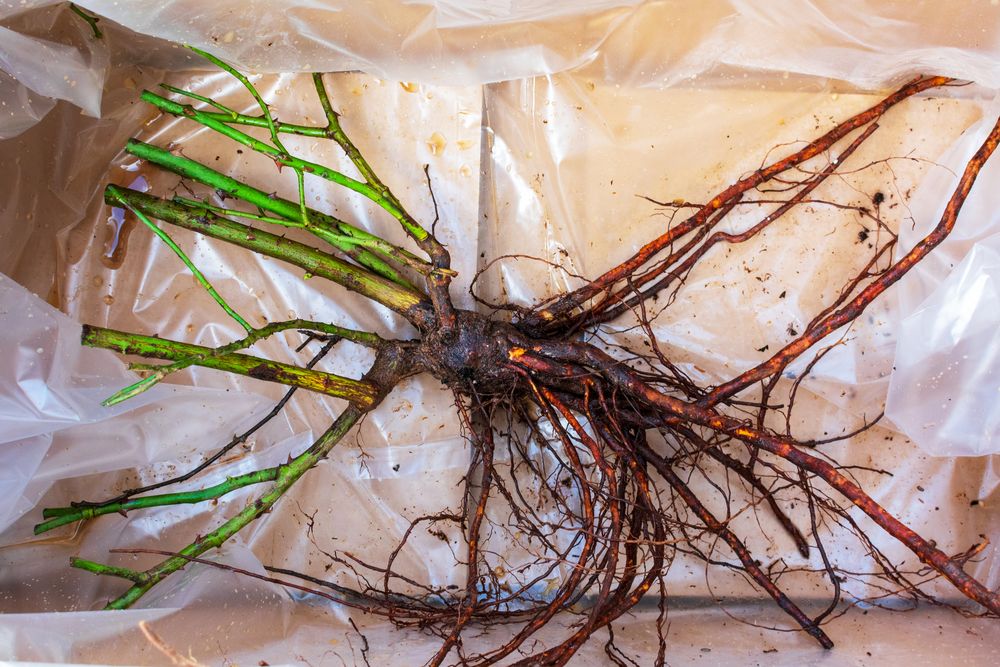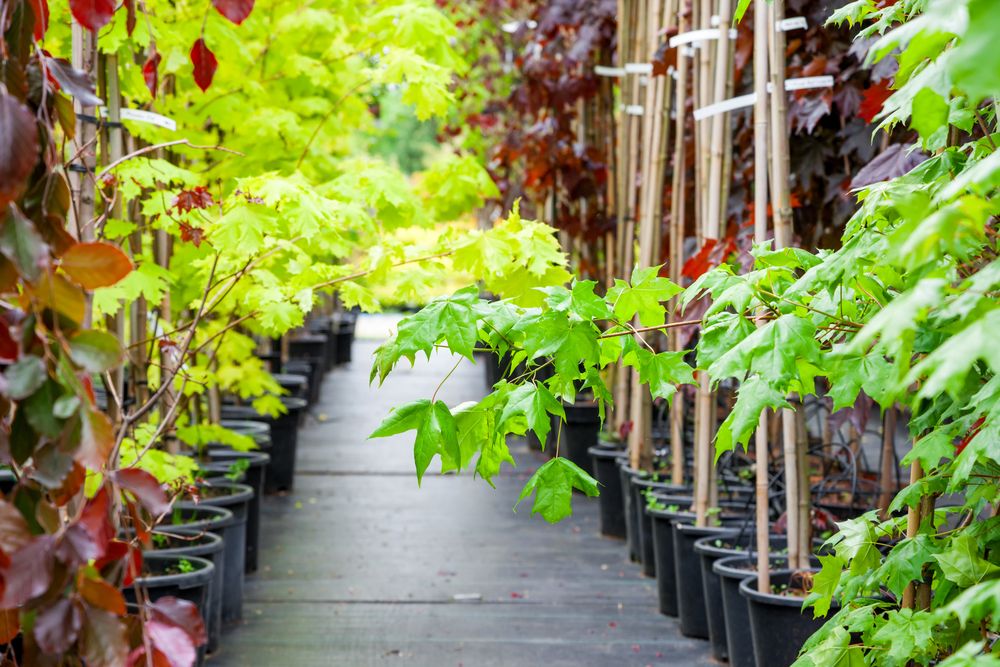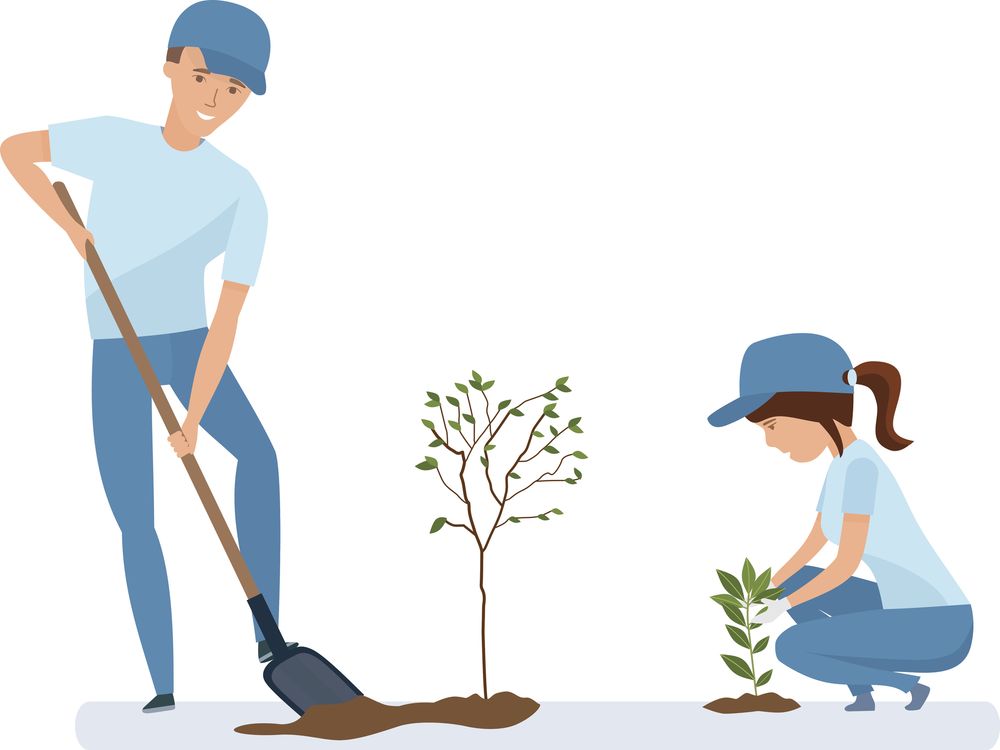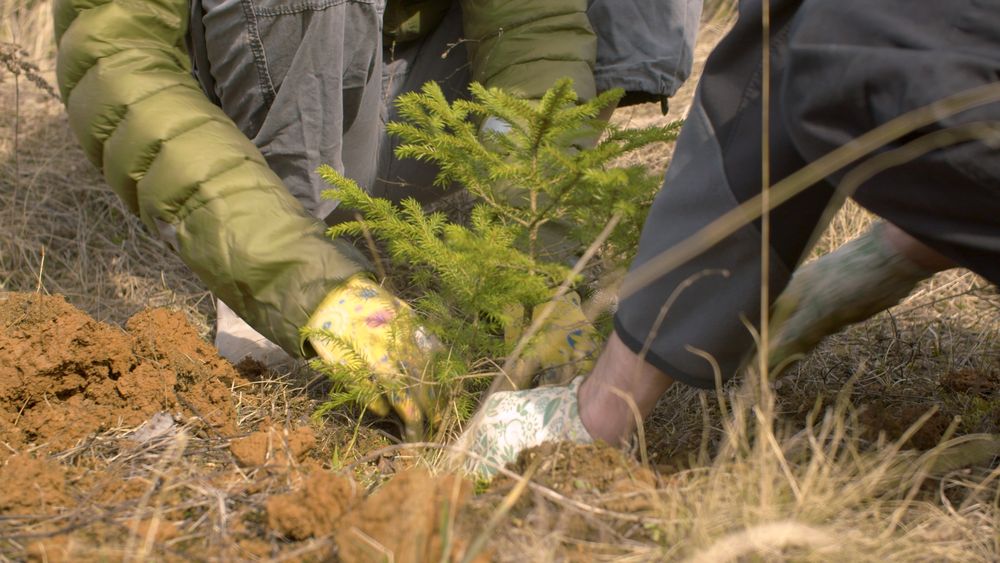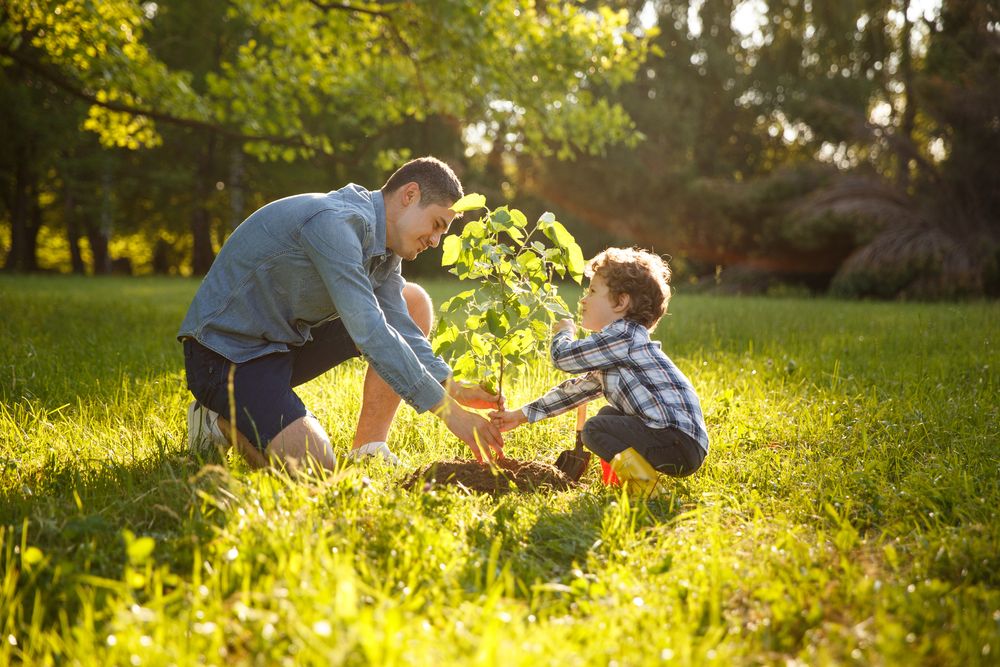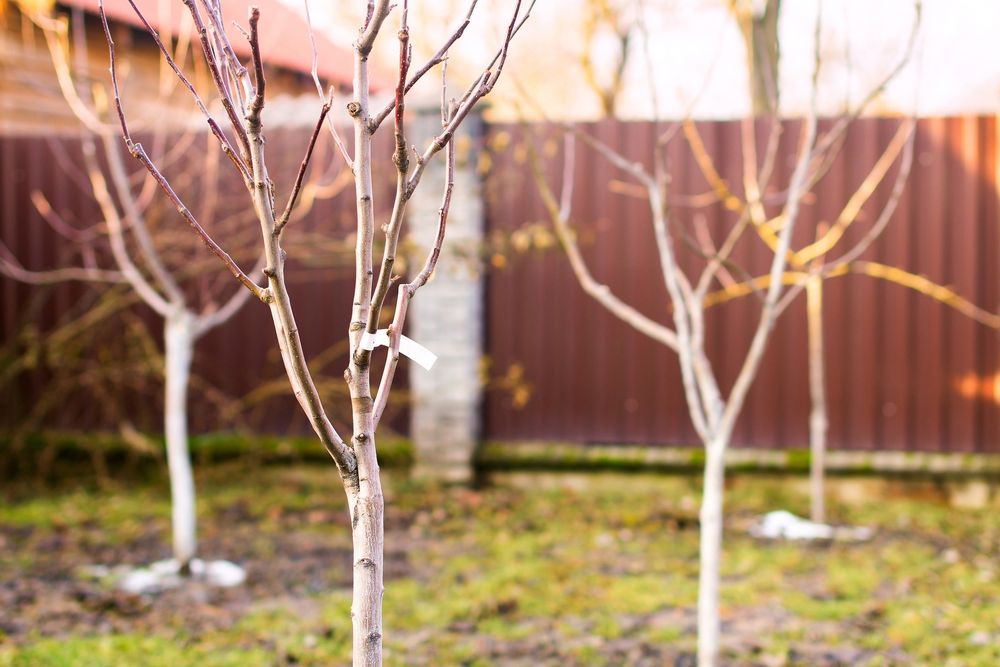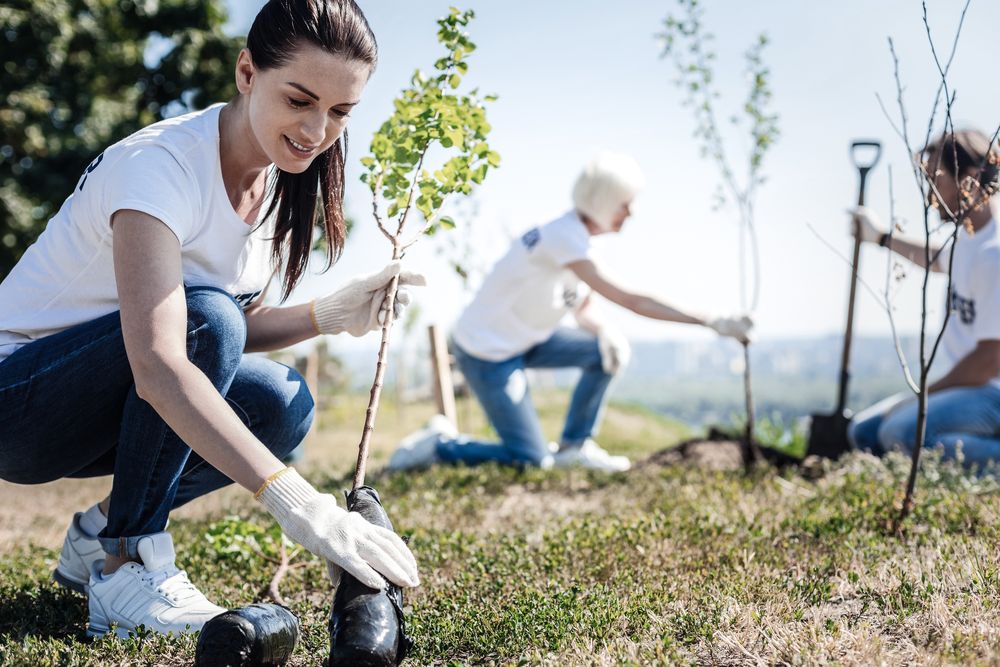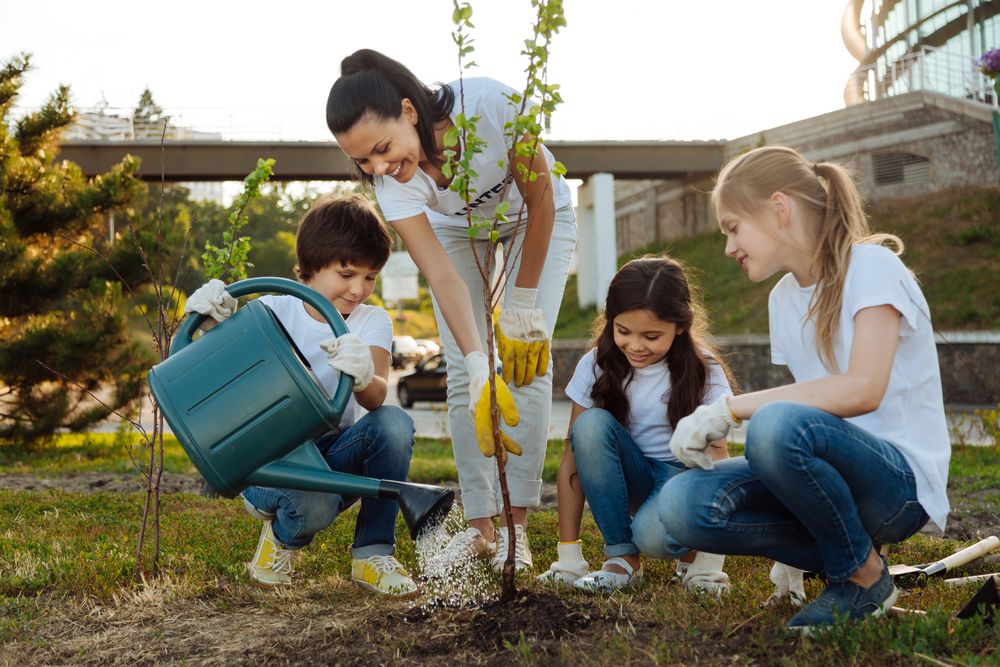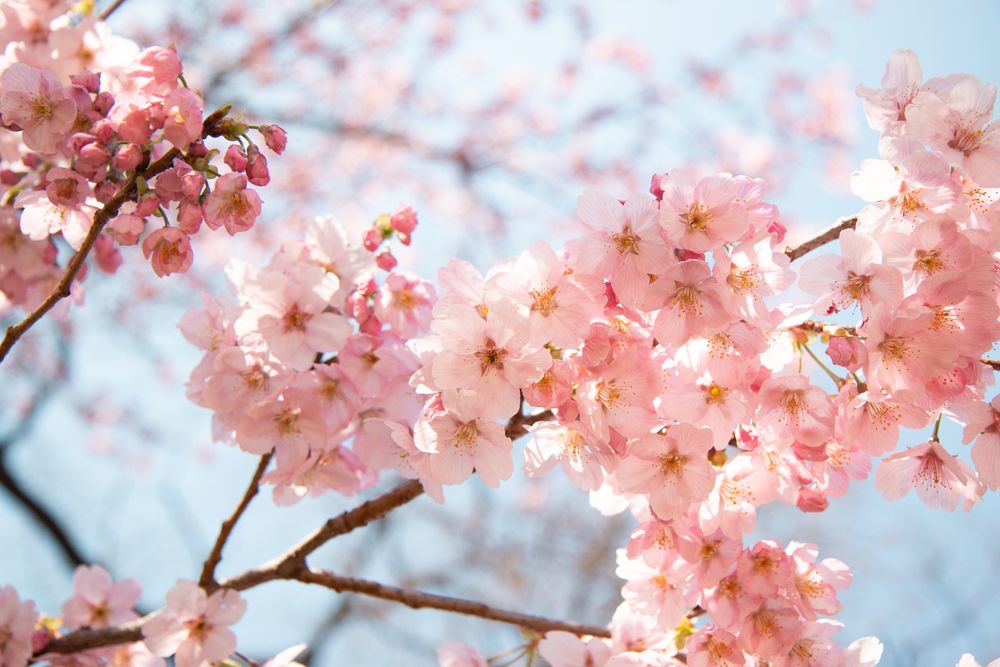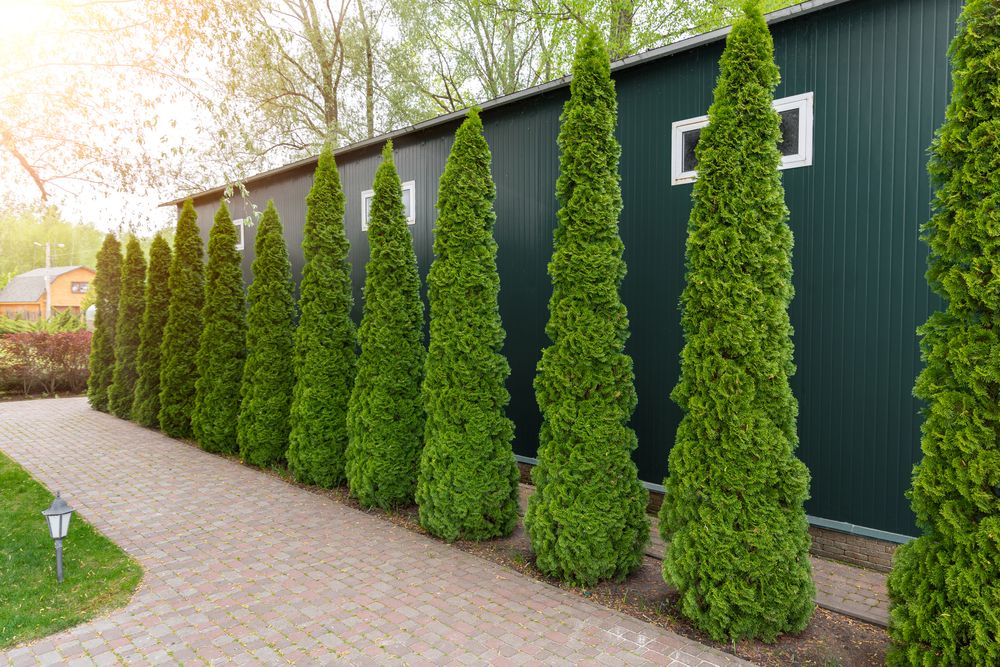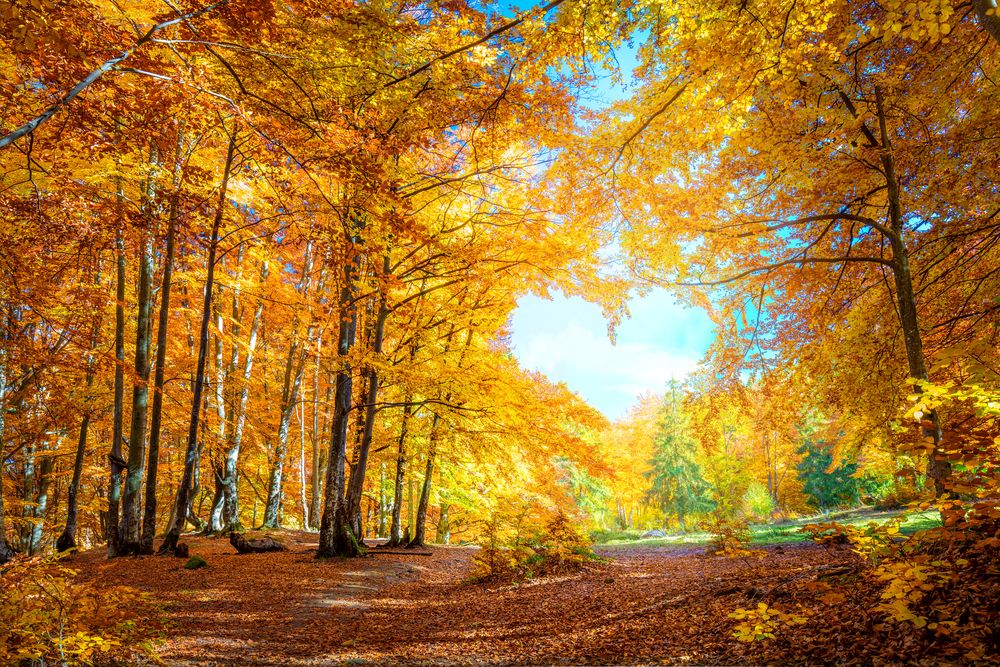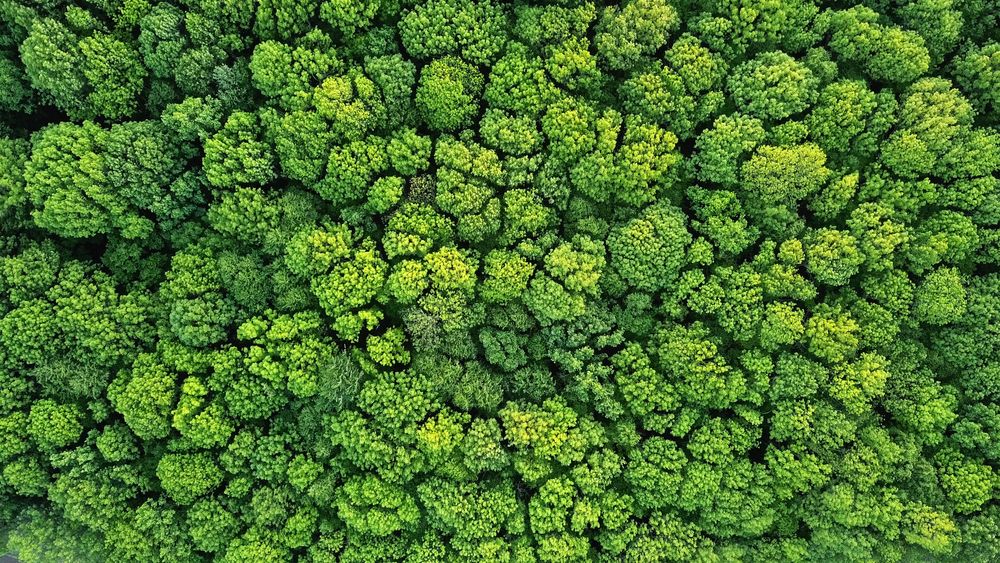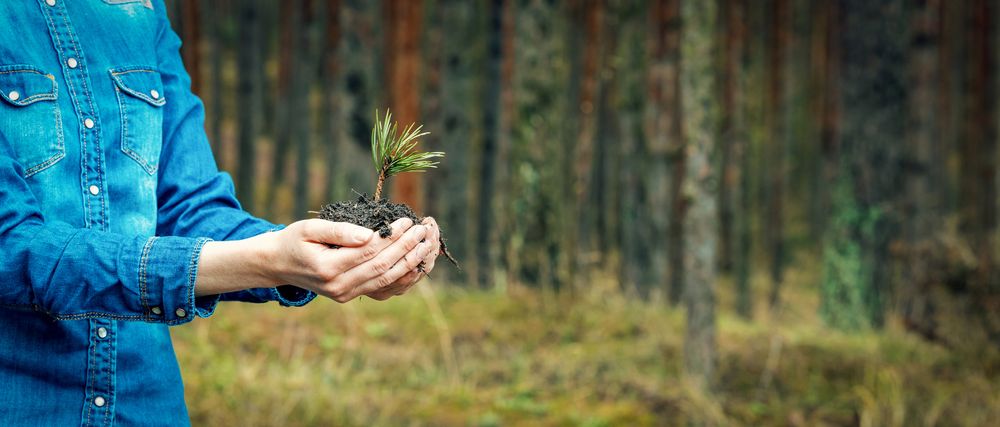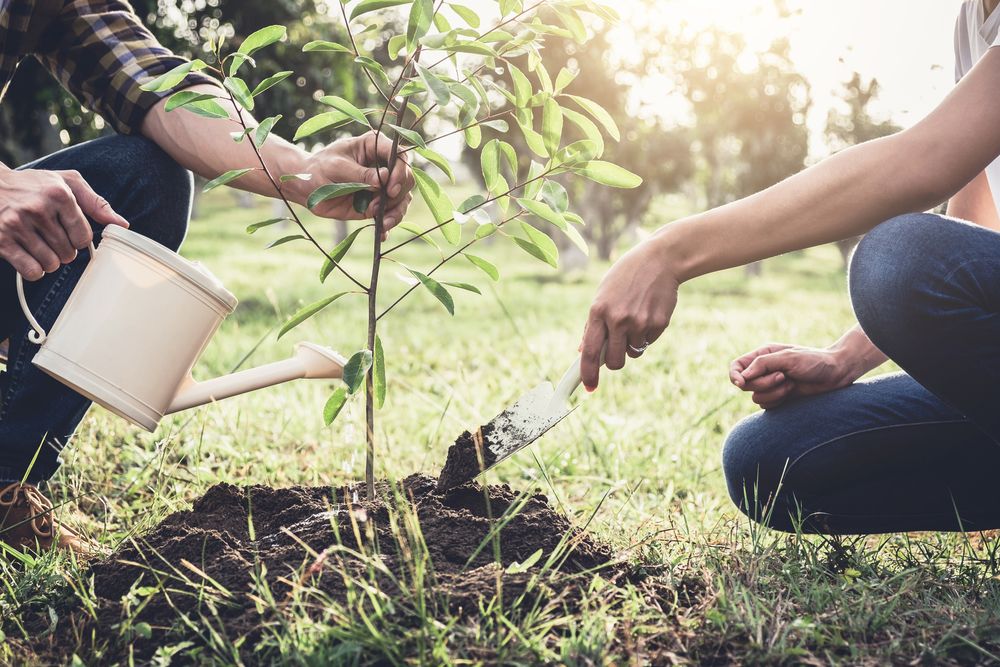Tree Planting 101: Best Tips on How to Plant a Tree
Tree planting improves air quality, conserves water, and preserves soil. It also provides homes for wildlife and can be used as windbreaks to protect against strong winds. Discover everything you need to know about how to plant a tree.
They say that a person must plant a tree during their lifetime. People plant trees for many reasons, such as an aesthetic appeal or to add value to their homes. It also helps fight climate change.
This article talks about the different types of trees you can plant, the best ways to plant trees, what you should know about tree planting equipment, and much more.
Table of Contents
Tree Planting Info: Everything You Need to Know
Trees are more complex than they seem, especially if you’ve never planted one before.
What you should know is that when you plant a tree is essential. Furthermore, it’s crucial to choose the right type of tree and care for it properly after planting.
Why Trees are Useful
Here’s why people usually plant trees:
Aesthetic Value
Tree planting typically increases the aesthetic value of your property by adding shade, color, or a unique feature. For instance, some people plant trees because their fruit creates an appealing look.
Environmental
- Cleaner air– trees provide better quality air for your surroundings because they absorb carbon dioxide, which will reduce pollution.
- Shade helps lower temperatures around your area, reducing costs spent on cooling such as air conditioners and fans.
- More oxygen in the air – trees produce more oxygen than they consume. They absorb carbon dioxide from the atmosphere and release fresh oxygen to benefit all of your plants, animals, and you.
- Prevents soil erosion – erosion can happen due to too much rain or high wind speeds. This causes water to gather up, moving fast enough to pick up silt, sand, or even small rocks. It can damage your property or kill off trees and plants in the immediate area.
Types of Trees
There are thousands of trees out there. But if you’re interested in learning about the most common ones for gardens, this section is for you.
Deciduous Trees
Deciduous trees are mainly known for their leaves that change color in autumn and drop off in winter.They provide shade during the summer and let sunlight through in winter.
However, some people don’t like how bare deciduous trees make their yard look in winter.
Here are examples of deciduous trees:
Evergreen Trees
Evergreen trees keep growing leaves throughout the year, making them great for providing shade all year round, especially if you live in a snowy place and don’t want to shovel your driveway.
They also make your garden look festive. But they don’t provide much privacy since everyone can see through them, whereas deciduous trees are great against prying eyes.
Here are examples of evergreen trees:
- Spruce
- Cedar
- Pine
- Fir
Flowering Trees
Flowering trees usually produce beautiful flowers that look great in your yard during the springtime. But they attract bees and other insects, so this option might not be the best for you if you can’t stand insects.
Here are examples of flowering trees:
- Dogwood
- Magnolia
- Rose
What to Consider When Planting Trees
Before planting a tree, choose a spot with adequate sunlight and sufficient drainage so that it has access to plenty of water and nutrients. Here are other factors worth considering:
- Climate dictates if the tree survives on the long term. For instance, if your area has freezing temperatures, be sure the tree you choose is suitable for cold climates.
- Soil quality determines the drainage quality. If the tree’s soil doesn’t drain properly, the excessive water will eventually cause root root and kill the plant.
- Watering is encouraged, especially during the first few months after planting the tree. If it doesn’t rain often in your area, you have to make up for it by adding water regularly.
Best Time to Plant Trees
The moment you decide to plant a tree is vital for its long-term survival. However, since there are so many types of trees, there is no specific timeframe for all.
A rule of thumb is to plant the trees so that they have enough time to develop a solid root system before any environmental stress factors kick in, such as extreme heat, extreme cold, or drought.
For example, if you live in the northern hemisphere, late summer or early fall is a good time to plant trees. However, each tree has unique traits that depend on the climate and species.
Cold Climates
If you live in an area with a colder climate, a very short window is available for planting trees optimally since the ground is thawed off for only a few months a year.
Therefore, your best bet is during early spring. Don’t try to plant trees in the summer or fall because; by the time the root system develops, it will be too sensitive to withstand the following winter’s frost.
Warm Climates
If you live in southern regions where the average temperatures are higher than normal, autumn is the best time of the year for tree planting.
Once the first frost hits, the tree becomes dormant and requires fewer nutrients than normal, which go straight toward developing the root system.
Besides, winter is gentle and significantly easier to handle in warmer climates, which gives trees the perfect opportunity to grow solid roots.
By Tree Type
Each type of tree is different, which affects the best time for optimal growth:
- Bare root trees are called this way because their roots are naked and exposed to the environment. Because of this, the best time to plant them is during spring, so they can toughen up for the following winter.
- Deciduous trees make it easy for you to tell when they become dormant (their leaves fall off), so you can plant them during fall.
- Evergreens are used to cold climates usually found in mountain areas, so you can plant them any time of the year with normal temperatures, such as late spring or early fall.
How to Plant a Tree
- Choose a spot and check for underground utilities that won’t get damaged by digging.
- Dig a hole about twice as big as the root ball. Otherwise, you could hurt the roots by not allowing water to drain appropriately, ultimately killing the tree. The root system is very delicate, so be careful when digging around it.
- Place the tree in the hole, but water it first; the tree should be just above or even at the ground level. You also need to make the soil around the roots compact to help stabilize the tree.
- Check that the tree is straightbefore filling the hole with the remaining soil.
- Cover the hole gently so that the soil doesn’t get compacted – just enough to stabilize the tree trunk. Plus, the tree trunk’s flare (the part of the trunk that expands at the base) should remain visible after planting. Otherwise, remove any excess soil until you can see it.
- Water your tree thoroughly until there’s no room left for water to escape from underneath. It will allow faster growth and improve the tree’s ability to deal with heat stress during hotter months.
- Mulch your tree to eliminate weeds that might compete with your plants for nutrients or space. It will also help keep the soil moist longer.
How to Plant a Tree in a Pot
- Prepare the soil. Dig up soil from elsewhere to fill 1/3 or 2/3 of the pot instead of using potting mix (it limits water absorption and loses nutrients through leaching). The soil should be loose, not too compacted, and mixed properly.
- Choose the right pot. It should be large enough to accommodate the root system and avoid getting cramped roots. Furthermore, there should be good drainage around the bottom of the pot so that rainwater will not sit on the roots.
- Plant the tree carefully since disturbing the roots can kill the tree. Make a big hole to place the plant and remove the balled-up soil to expose the roots.
- Place mulch around the tree. Spread out the roots carefully before putting the tree back, then fill the hole with soil while tamping it down gently to not damage anything; this helps to hold moisture and provide nutrients.
- Water the tree as much as possible to ensure its roots will absorb as much water as needed. Don’t worry about overwatering; this will allow faster growth and strengthen the plant’s resistance to heat stress during hot weather.
Other Types of Tree Planting
There are different ways to plant trees that you should know about:
Bare Root Planting
Bare root planting allows you to plant trees without using any soil around them.It’s not as common as other methods, but it’s cheaper.
You have to remove the tree from its container, which usually consists of peat moss to provide moisture and oxygen through roots. Then you must cut the above-ground level roots and keep just the ones under them.
It’s not a good idea to cut the roots entirely because it will destabilize the tree and increase the likelihood of damage once you take it outside.
It’s also important to note that bare root trees can perish within a few weeks if they do not get any water.
Container Planting
If you want to plant a tree with minimal effort, container planting might be the right option for you. It only requires a pot with a hole in the bottom, which allows your tree to receive water.
On the downside, it means you have to sometimes fill the container with water and provide proper drainage so that water doesn’t get trapped.
Additionally, container planting requires more attention. If left unattended, there’s a good chance that the roots will dry out and kill the plant.
Caring for Your Planted Trees
Here are a few suggestions to help you maintain and care for your planted trees:
Weeding
Tree weeds can grow very fast, and weeding ensures that your plant gets the nutrients it needs. Just make sure not to pull out any roots when doing so.
Trimming
Dead branches can weaken the tree’s overall structure and cause injury to nearby people or animals, especially since you’re dealing with something that has pointy ends.
It’s best to remove deadwood immediately to prevent any infestation by pests or diseases – just cut or snap them off and drop them in a container without any soil so that they don’t get dragged back to the soil surface.
Pruning
Pruning your trees during springtime or fall ensures that branches don’t suffer from heat stress while the tree receives enough water.
Watering
Check the soil moisture regularly to determine when the tree needs watering. If it’s already hot outside, apply water slowly and deeply to increase the volume of roots, improving their ability to absorb more water.
If necessary, dig into the topsoil to check if the roots are dry, which means it’s time to water them again.But if they’re too wet, allow the soil to drain a bit before putting it back; do this gently, without damaging the tree or its roots.
Light
Trees need plenty of sunlight to grow – at least 6 hours. So you have to plant the tree in a sunny spot.
Fertilizing
Add fertilizer slowly and deeply around the tree at least once during springtime and fall only. Don’t use any plant food with high nitrogen levels as this will harm the tree.
Remove Plant Growth Inhibitors
Plant growth inhibitors can prevent your plants from thriving since they need plenty of nutrients for healthy development without being exposed to weedkillers, insecticides, and other harmful agents.
Remove Plant Growth Promoters
It may sound counterintuitive, but plant growth promoters can upset the tree’s natural growth patterns. So it will grow at weird angles, which will require ample pruning time to fix it.
Maintain Soil pH
The pH of your garden’s soil can affect the tree’s growth. For example, if it’s too acidic or too alkaline, it might inhibit its ability to absorb nutrients and minerals properly.
You can do a simple pH test by applying fertilizer and checking if the leaf color changes from green to yellow to red.
Mulching
Organic materials like wood chips, straws, or eggshells block weed seeds. They also add nutrients to the soil to encourage plant growth, breaking down soil particles into smaller pieces.
Furthermore, mulching retains water in the soil longer by preventing it from quickly evaporating, so your plants can benefit from moisture.
Pests and Disease Prevention
You can protect your tree from pest infestations like scales, aphids, mites, and whiteflies by applying an insecticide soap solution. It’s also essential to avoid fungal diseases like root rot using fungicide soap.
If you can’t find these soaps in your area, go for neem oil instead. It acts as both fungicide and pesticide when used correctly.
Trees to Avoid Planting Near Your Home
Even though planting new trees is an excellent way to improve your home’s look and get rid of air pollutants, certain types should be avoided:
Here are some things you need to consider before planting specific trees around your home:
- Toxicity. Some trees release harmful compounds harmful to humans, so it’s best to avoid them, especially if you have small children or pets.
- Allergic reactions. The leaves of certain trees shed off during breakouts and drop tiny particles into the air that may affect those who suffer from allergies.
- Damaging roots. The root system can interfere with the foundation of your home or other structures.
- Overhead damage. Some tree species grow limbs above the roof level, damaging it in time. On top of that, they can reach and damage the overhead utility lines, too.
- Debris. Certain trees can make a real mess when their leaves and fruits drop to the ground and rot.
Considering these factors, here are a few tree species best to avoid planting near your house:
| Ash | Honey locust | Quaking aspen |
|---|---|---|
| Black qalnut | Leyland cypress | Red oak |
| Bradford pears | Linden | Russian olive |
| Cottonwood | Lombardy poplar | Silver maple |
| Empress tree | Mimosa | Sweetgum trees |
| Eucalyptus | Mulberry | Weeping willow |
| Ginkgo biloba | Norway maple | White birch |
Tree Planting FAQ
Find out more information about tree planting:
Is a tree a plant?
A tree is a large plant that stands tall with one main trunk that has many branches and leaves.
How long does it take for a tree to grow?
It depends on the tree species and your geographical location since the climate is a major factor. Most trees take anywhere between 3 and 5 years before starting to grow at full speed.
How deep should I dig?
The hole should be about two times wider than the tree’s root system. However, it’s best to follow the instructions given by your local nursery since certain species require steeper slopes or less depth than others.
When do I put fertilizer?
You don’t need to fertilize trees right after planting them unless they’re bare roots; most nutrients will get lost through the leaves before getting absorbed by the soil.
Wait for at least 3 or 4 months after planting a tree so that its root system becomes well established to retain nutrients.
How do I keep deer away from tree saplings?
Deer won’t eat live plants such as sapling trees because digging through the roots or chewing through the bark is overwhelming work. Still, if this worries you, it’s best to set up a fence to protect your yard from these invaders.
How do you water an outdoor tree?
Most tree species require daily watering until the root systems get deeply established; this can take weeks or even months, depending on your climate conditions. Then you can water the trees every few weeks.
What is reforestation?
Reforestation is the process of planting new trees to produce vegetation for wildlife and people.
Although it’s possible to buy trees from nurseries, it’s still very important to preserve the natural balance of different plant species.
How do I prevent tree roots from damaging my sewer?
It depends on the soil and tree type near your sewer line.A common way to prevent this problem is by applying a heavy plastic barrier several inches thick to protect the sewer system and surrounding landscape from damage.
Planting Trees: Closing Thoughts
In conclusion, tree planting might be one of the most important things to do for your landscape. It adds value and provides shade during warm weather, reducing cooling costs by limiting air conditioning.
What are your favorite tips and tricks for tree planting? Let us know in the comments below.
